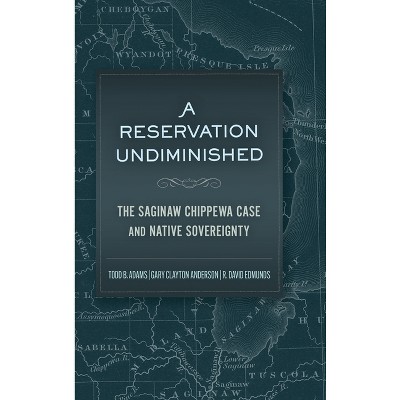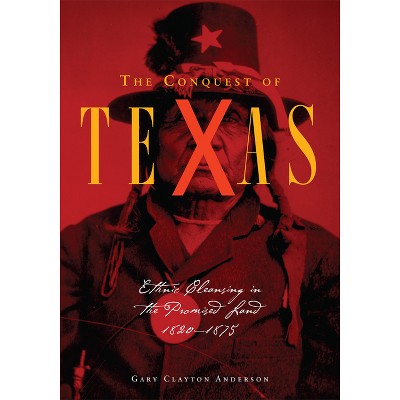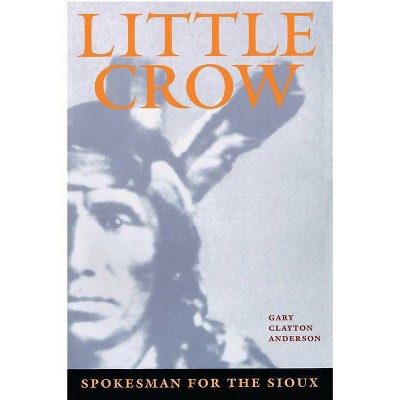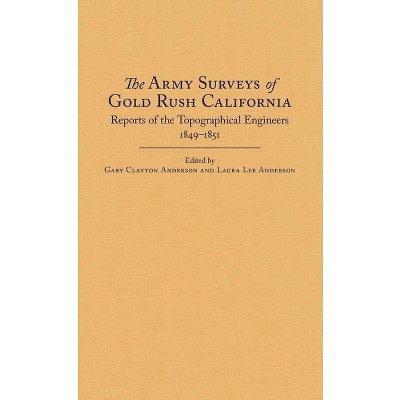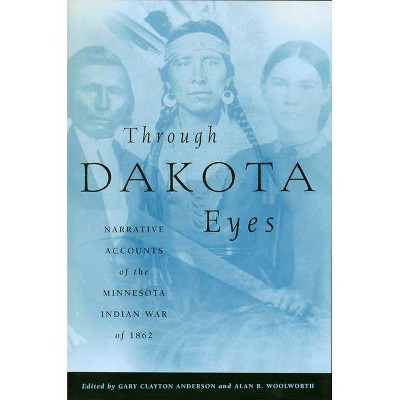Sponsored

Ethnic Cleansing and the Indian - by Gary Clayton Anderson (Paperback)
$21.95
In Stock
Eligible for registries and wish lists
Sponsored
About this item
Highlights
- Mention "ethnic cleansing" and most Americans are likely to think of "sectarian" or "tribal" conflict in some far-off locale plagued by unstable or corrupt government.
- Author(s): Gary Clayton Anderson
- 476 Pages
- History, Native American
Description
About the Book
In Ethnic Cleansing and the Indian, Gary C. Anderson draws upon a vast wealth of previously unpublished sources to support his claim that the history of Euroamerican and Native American interaction is not one of genocide, as has often been claimed, but is, in almost all instances, more accurately called "ethnic cleansing." Having defined ethnic cleansing, the author then seeks to trace its application and operation through American history from the colonial era to about 1890.Book Synopsis
Mention "ethnic cleansing" and most Americans are likely to think of "sectarian" or "tribal" conflict in some far-off locale plagued by unstable or corrupt government. According to historian Gary Clayton Anderson, however, the United States has its own legacy of ethnic cleansing, and it involves American Indians. In Ethnic Cleansing and the Indian, Anderson uses ethnic cleansing as an analytical tool to challenge the alluring idea that Anglo-American colonialism in the New World constituted genocide. Beginning with the era of European conquest, Anderson employs definitions of ethnic cleansing developed by the United Nations and the International Criminal Court to reassess key moments in the Anglo-American dispossession of American Indians. Euro-Americans' extensive use of violence against Native peoples is well documented. Yet Anderson argues that the inevitable goal of colonialism and U.S. Indian policy was not to exterminate a population, but to obtain land and resources from the Native peoples recognized as having legitimate possession. The clashes between Indians, settlers, and colonial and U.S. governments, and subsequent dispossession and forcible migration of Natives, fit the modern definition of ethnic cleansing. To support the case for ethnic cleansing over genocide, Anderson begins with English conquerors' desire to push Native peoples to the margin of settlement, a violent project restrained by the Enlightenment belief that all humans possess a "natural right" to life. Ethnic cleansing comes into greater analytical focus as Anderson engages every major period of British and U.S. Indian policy, especially armed conflict on the American frontier where government soldiers and citizen militias alike committed acts that would be considered war crimes today. Drawing on a lifetime of research and thought about U.S.-Indian relations, Anderson analyzes the Jacksonian "Removal" policy, the gold rush in California, the dispossession of Oregon Natives, boarding schools and other "benevolent" forms of ethnic cleansing, and land allotment. Although not amounting to genocide, ethnic cleansing nevertheless encompassed a host of actions that would be deemed criminal today, all of which had long-lasting consequences for Native peoples.Review Quotes
"Well written, researched, and organized, this impressive book should be required reading for any upper division course on Native American history."--Central Texas Studies: Journal of the Central Texas Historical Association Volume 1 and Volume 2
"Gary Clayton Anderson has uttered the words that most American historians have, for a variety of reasons, been unwilling to use. In evaluating American Indian policy as an early example of ethnic cleansing, he has launched an important debate. More than just a rephrasing of existing historical narratives, Ethnic Cleansing and the Indian contains important new research."--Richard White, author of The Middle Ground: Indians, Empires, and Republics in the Great Lakes Region, 1650-1815
Dimensions (Overall): 9.28 Inches (H) x 5.83 Inches (W) x .77 Inches (D)
Weight: 1.54 Pounds
Suggested Age: 22 Years and Up
Number of Pages: 476
Genre: History
Sub-Genre: Native American
Publisher: University of Oklahoma Press
Format: Paperback
Author: Gary Clayton Anderson
Language: English
Street Date: July 1, 2015
TCIN: 88984986
UPC: 9780806151748
Item Number (DPCI): 247-58-0368
Origin: Made in the USA or Imported
If the item details aren’t accurate or complete, we want to know about it.
Shipping details
Estimated ship dimensions: 0.77 inches length x 5.83 inches width x 9.28 inches height
Estimated ship weight: 1.54 pounds
We regret that this item cannot be shipped to PO Boxes.
This item cannot be shipped to the following locations: American Samoa (see also separate entry under AS), Guam (see also separate entry under GU), Northern Mariana Islands, Puerto Rico (see also separate entry under PR), United States Minor Outlying Islands, Virgin Islands, U.S., APO/FPO
Return details
This item can be returned to any Target store or Target.com.
This item must be returned within 90 days of the date it was purchased in store, shipped, delivered by a Shipt shopper, or made ready for pickup.
See the return policy for complete information.


